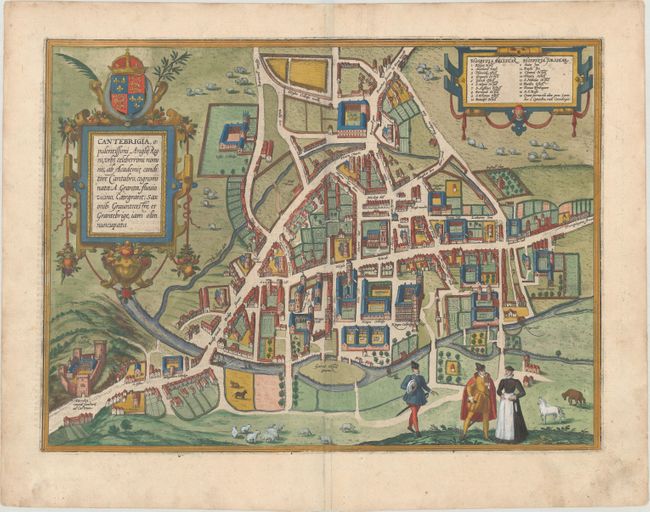Catalog Archive


Auction 178, Lot 295
Earliest Printed Map of Cambridge
"Cantebrigia, Opulentissimi Anglie Regni, Urbs Celeberrimi Nominis, ab Academie Conditore Cantabro...", Braun & Hogenberg

Subject: Cambridge, England
Period: 1590 (circa)
Publication: Civitates Orbis Terrarum, Vol. II
Color: Hand Color
Size:
17.5 x 12.9 inches
44.5 x 32.8 cm
Download High Resolution Image
(or just click on image to launch the Zoom viewer)
(or just click on image to launch the Zoom viewer)